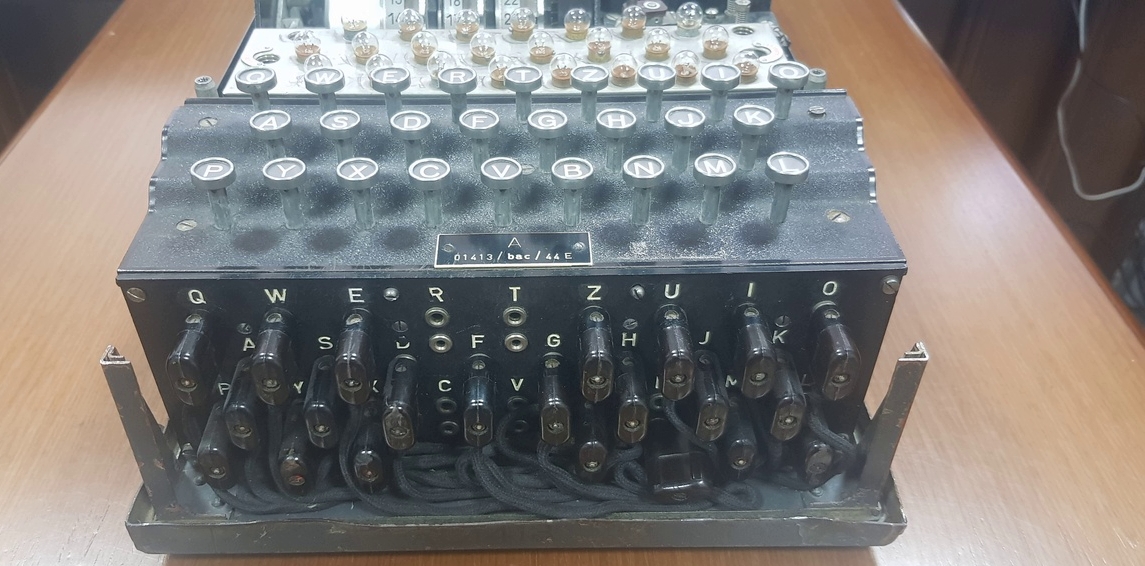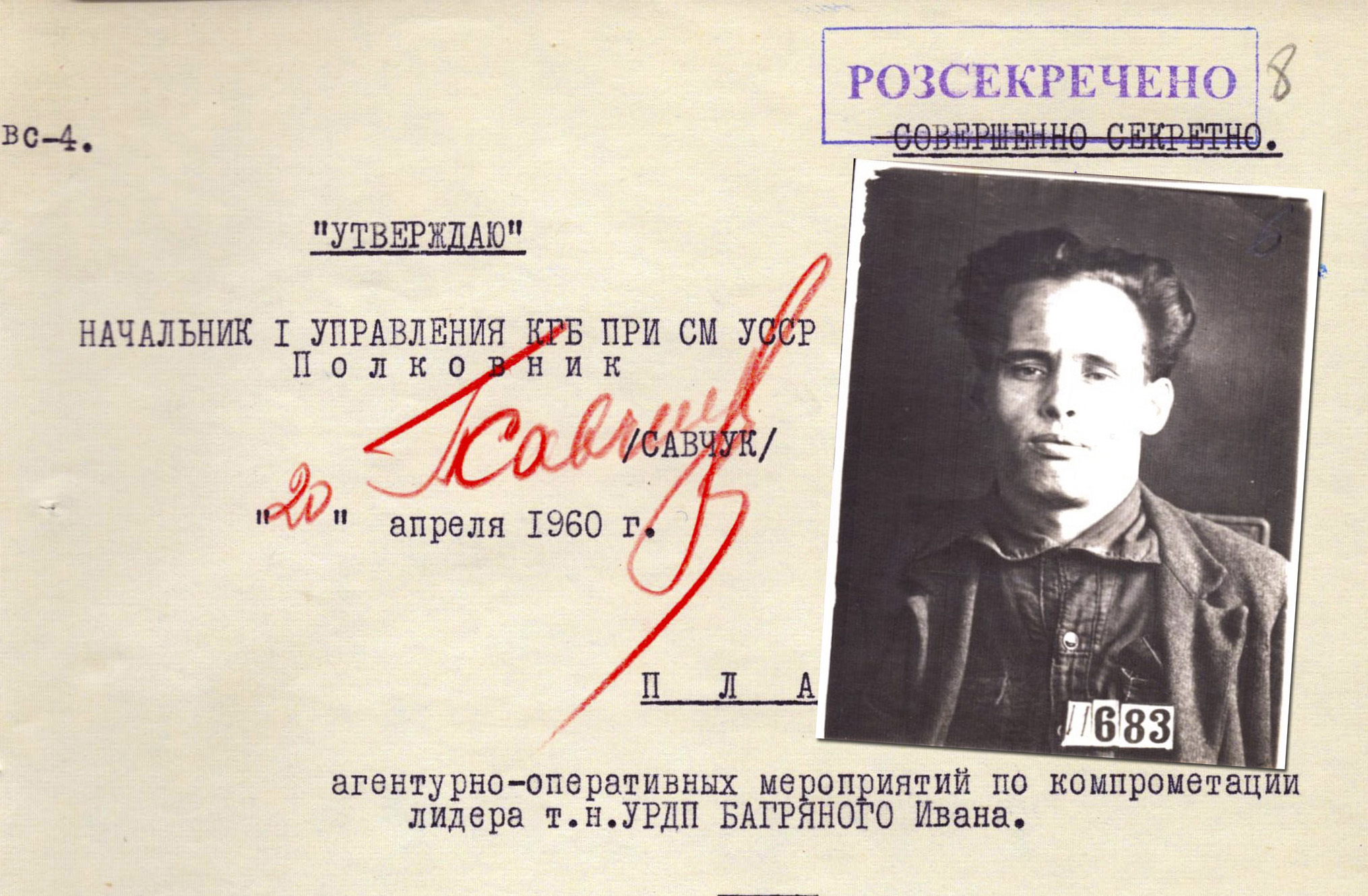Enigma — a Riddle for World Intelligences of the 1920s-1930s
9/21/2020

One of the top American military leaders of the time, the future US President Dwight D. Eisenhower, believed that breaking the Enigma was crucial for the victory of the Allies. And many historians say that without breaking the Nazis' main encryption machine, World War II would have lasted two years longer, cost great sacrifices, and might not have ended without atomic bombing of Germany.
Enigma's Technical Aspects
Enigma (from the Greek “riddle”) is an encryption machine of the times of World War II, a typical representative of the class of so-called rotor encryption machines. It was used to encrypt and decrypt secret messages.
The design of the Enigma in general is as follows: it is a kind of electric typewriter, consisting of a keyboard of 26 letters of the Latin alphabet, a register of 26 display lamps with letters, plugboard, 4.5 volt battery and rotors with encryption disks (3–4 working plus 0-8 variables).
The function of each rotor was simple — a basic substitution cipher. For example, a contact corresponding to the letter O could be connected to the letter Z on the other side of the rotor. However, more advanced versions of the Enigma used 3–4 rotors at a time, for each of which there were 26 possible positions. Moreover, all rotors were “stepping”, which means that each of them changed its position each time a key was pressed on the keyboard. Thus, with the help of rotors, each secret message was converted many times before it was ready to be sent.
The highlight of the Enigma is the reflector, a statically fixed rotor, which, having received a signal from the rotating rotors, sends it back and in a 3-rotor machine the signal is converted 7 times.
What is the principle of the Enigma's work? The operator works as follows: presses the key with the letter of the encrypted message — the light on the display lights up, which corresponds (only at this moment!) to this letter — the operator, seeing the letter on the lamp, writes it in the encryption text. He does not need to understand the encryption process, it is completely automatic. The final complete abracadabra is transmitted to the recipient by the radiogram. It can be read only by an “insider”, who has a synchronously configured Enigma, i.e. knows exactly which rotors and in what order are used for encryption; his machine decrypts the message also automatically, in reverse order.
The Enigma has dramatically sped up the communication process, eliminating the use of tables, cipher notebooks, transcoding logs, long hours of painstaking work, and inevitable mistakes.
For its time, the Enigma was quite simple and reliable. Even in the first, three-rotor, model, each letter had 17,576 different settings (26x26x26). If three of the five working rotors included in the set are used in random order, the number of different settings is already 1,054,560.
Military models of the Enigma were produced with different numbers of rotors. The first model contained only three, but in December 1938 there were five. Naval models have always had more rotors than others: six, seven or eight.
The History of Creation and Breaking
In 1917, the Dutchman Hugo Koch patented an electric rotor encryption machine to protect commercial information.
In 1918, the German Arthur Scherbius bought this patent, developed it and built the Enigma encryption machine.
In the late 1920s, the German military first got the Enigma, and it immediately became the main encryption machine for them, especially for the German Army and Air Force.
From 1925 until the end of World War II, about 100,000 machines had been produced.
Enigma was used in the field at levels above the division, on board a bomber, warship, submarine; was in every port, at every major railway station, in every SS brigade, in every Gestapo headquarters. Compact compared to foreign counterparts, the machine could be quickly destroyed in case of danger.
It was thought that due to the complicated mechanism, the Enigma could not be broken, so the French and British intelligences believed that it was only possible to decipher Nazi messages by stealing one of the machines and infiltrating a special agent into the German Armed Forces to inform the Allies about the Enigma's daily settings. This plan was short-lived. The missing of any of the Enigma machines would be noticed immediately, and the machine would be immediately redesigned.
In 1931, Hans Thilo-Schmidt, a German aristocrat and member of the Cipher Office of the German Armed Forces, was instructed to destroy obsolete Enigma’s key-settings lists, including Enigma’s daily keys. For some reason, probably financial, he decided to sell those codes to Gustave Bertrand, a French intelligence officer. Bertrand immediately created a task team to analyze the data, but found the information obsolete and useless, plus the data were insufficient even to figure out where to begin.
After that, Bertrand decided to give the documents to the Poles and the British. The Poles were the first to worry. Looking out for the dangerous neighbor, from February 1926 they could not read the encrypted messages of the German Navy, and from July 1928 — the ones of the Reichswehr either. It became clear: they had switched to machine encryption. Already in 1930, the Polish Cipher Bureau (a special unit of the Polish military intelligence) was the first to attempt to break the Enigma. Being Germany's closest neighbors, they were very well aware of the danger. The study of the commercial version of the Enigma began.
Due to the breaking the machine in December 1932, the military negotiations of the German command were deciphered. It also allowed the Warsaw-based AVA Radio Company to produce more than a dozen copies of Enigma machines.
In 1939, the developments by Polish cryptanalysts and a copy of the military Enigma encryption machine were shared with representatives of France and Britain, who praised the work done. This meeting took place at the Cipher Bureau in Warsaw.
Breaking the Enigma provided access to almost all secret information of the Third Reich and gave great strategic advantages over the Nazi military machine.


